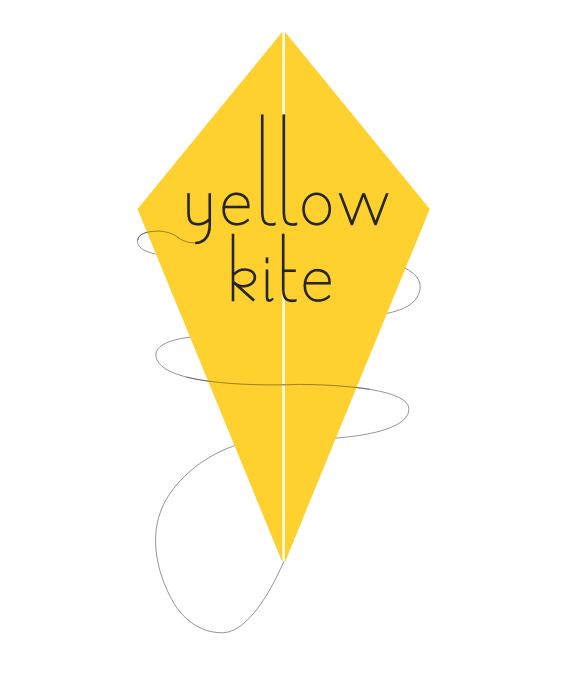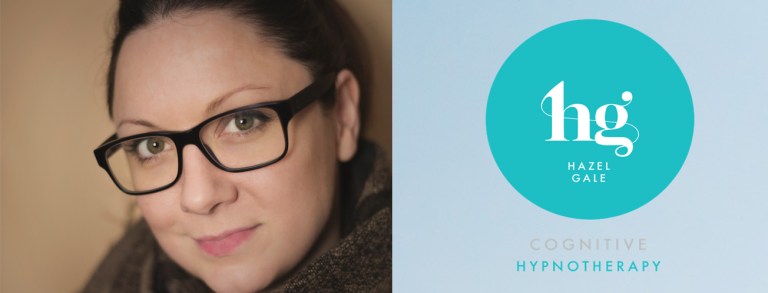Look At Stress In A New Way

I was born into a family of doctors, thinkers, exercisers, and yogis and grew up surrounded by tales of strange and unusual feats: men voluntarily disappearing into the icy Himalayas and living without warmth and with little food, just to train their minds, bodybuilders lying on beds of nails to train themselves not to perceive pain, yogis slowing their heart rate to such a low level that people around them grew frightened they were about to pass away. The brain, I was told, had the power to overturn decisions being made lower in the chain of command. We operate on an autopilot program, called the autonomic nervous system. This system is headquartered in the brain but holds great influence over the entire body. It keeps the heart beating and the lungs breathing, even when we forget they exist. In broad terms, half the system is responsible for the stress response and the other half calms us down. The half that triggers stress is known as the sympathetic nervous system. I learned how the beguiling effect the mind had on the body held fascination for great athletes. Sir Roger Bannister, who was the first person to run a mile in under four minutes, at Oxford’s Iffley Road Track in 1954, devoted his entire career to studying the autonomic nervous system.
I had relegated these marvels from my childhood to one of the less visited bookshelves of my mind until I came across the story of the Dutch explorer Wim Hof, known as the “Iceman.” In 2007, Hof climbed part of Mount Everest wearing shorts and shoes; he completed a marathon at temperatures of around – 4 °F, similarly attired, two years later. On January 26, 2007, Hof secured the world record for running a half-marathon while barefoot on ice or snow, at 2 hours, 16 minutes, and 34 seconds. More recently, Wim Hof’s help was sought for an experiment to test an intriguing concept. Is it possible to override the body’s response mechanisms to a bacterial invader by training the mind? In other words, was it possible to voluntarily control the autonomic nervous system? Can you turn up the sympathetic nervous system volume “on command”?
Wim Hof put twelve healthy volunteers through a ten-day training regimen involving meditation, breathing exercises, yoga and cold exposure in an attempt to acquire the ability to voluntarily activate the sympathetic nervous system. After the training period, both the volunteers and a control group were injected with bacterial endotoxin at levels likely to spark an immune response and cause illness. Half an hour before the injection, the trained volunteers were “commanded” to voluntarily activate their sympathetic nervous system (a feat traditionally deemed impossible). They did. As a result, the trained volunteers had higher levels of epinephrine (released during the stress response) circulating in their bodies when the endotoxin entered their blood. The epinephrine made their bodies produce more of the protein IL-10 in response to the endotoxin, compared to the control group. IL-10 has an anti-inflammatory effect and the trained volunteers had fewer flu-like symptoms and recovered faster both from their fever and from their stress response to the endotoxin. The study, though small and the first of its kind, spectacularly demonstrated that contrary to traditional belief, it is entirely possible to exert some degree of voluntary control over the autonomic nervous system – and hence even the immune system – bridging the gaping abyss hitherto believed to separate the body from the mind.
As an undergraduate I was intrigued by the malleability of the brain when I learned how Nobel Laureates David Hubel and Torsten Wiesel had demonstrated that the brain begins as a tabula rasa block of blank marble and the world sculpts itself upon it. If kittens are never shown horizontal lines by the world, their brains can’t recognise them when they are grown-up cats. I also observed the malleability of the human spirit on the wards as a medical intern and then as a medical resident. There are patients with odds stacked heavily against them who pull through while others with the odds in their favour do not. There are those whose illnesses chronicle their mental state so well, the two can be plotted as a perfectly straight line on a graph, over the course of months and even years. The private thoughts of men and women at the sunset of their lives seem to decide whether they will live or die at the next fork in the road. And, of course, there is the infamous placebo effect, which has been known to accomplish near miracles.
During my medical internship, I developed a mild autoimmune condition that I was desperate to get rid of. It served as an annoying antenna for the level of stress in my life. The moment the stress intensified, so did the condition. I lived with my antenna until I took up hot yoga as a hobby while I was studying pupillometry in London. Pupillometry is a niche specialty within the field of neuro-ophthalmology, dedicated to the study of pupil movements. How fast the pupil gets bigger, what it looks like, how quickly it shrinks, and its delicate microscopic flutterings are endlessly fascinating if you appreciate that the pupil is a direct window to the autonomic nervous system. The pupil dilates when the sympathetic input reaching it is intensified, which is why your pupils look big if you are stressed. I discovered over the course of a few months of practicing hot yoga that my own baseline pupil measurements appeared to change, suggesting the possibility of a reduction in my baseline sympathetic nervous system activity. In parallel with this observation, my autoimmune condition seemed to shrink, too, until it disappeared completely.
It became apparent to me that it wasn’t so much the power of the mind, as the power of looking after the mind that seemed to be the protagonist. I wasn’t thinking myself better; I was making my mind’s baseline state healthier by training it, feeding it, nurturing it, and resting it. When the mind is in its optimal state, it reacts differently. It is more resilient in the face of stress. It heals faster after a trauma. It thinks constructive thoughts and views the world rationally. It raises the threshold for pain perception, bolsters the immune system, and slows the process of any disease. It truly makes us more stress-proof.
Extracted from Stress-Proof: The ultimate guide to living a stress-free life, available now.










